Immerse your children in the captivating traditions of the Hungry Ghost Festival, a revered event celebrated by Singapore’s Chinese community. Through dinners, auctions, and performances, this festival offers a unique opportunity to teach your children about diverse customs. In this article, we’ll delve into the cultural significance of the Hungry Ghost Festival, explore its festivities, and highlight practices like dinners, auctions, and stage performances while offering essential guidance for parents with young children.
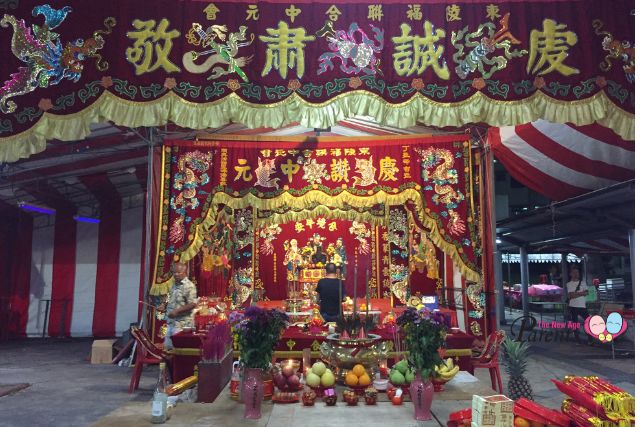
Background
The origins of the Hungry Ghost Festival can be traced back to ancient Chinese beliefs in ancestral veneration and the afterlife. It is based on the belief that during the seventh month of the lunar calendar, the gates of the underworld open, allowing restless spirits to roam the earthly realm. These spirits are believed to be hungry and in search of offerings, attention, and remembrance from the living.
The Hungry Ghost Festival carries profound meaning for both Taoists and Buddhists in Singapore. It’s a time when offerings are made to honour the deceased, often involving food, incense, candles, paper money, and symbolic paper effigies of houses, cars, and more.
Celebrations
The Hungry Ghost Festival Zhong Yuan Jie 中元节) typically falls on the 15th day of the seventh lunar month, which is known as Ghost Day. The celebrations often span the entire month and involve various rituals and activities. Here are some common practices associated with the festival:
1. Dinners, Auctions, and Stage Performances: Engage in neighbourhood Zhong Yuan celebrations, which often feature communal dinners, auctions of auspicious items, and lively stage performances like getai 歌台.
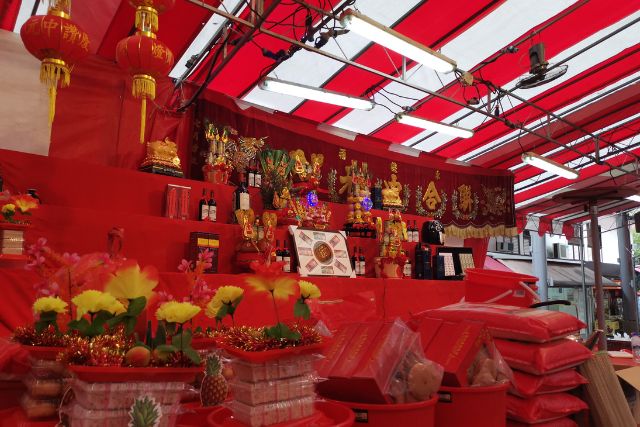
2. Offerings and Burning Rituals: Participate in the creation of paper effigies and offerings, which are then burnt in designated areas to honour the spirits. Burning of Joss Paper: Joss paper, also known as “ghost money,” is burned to provide material comfort for the spirits in the afterlife. These offerings can include paper money, houses, cars, and other items.
3. Offerings: Families set up elaborate altars or tables with offerings of food, incense, and other items to appease and provide for the wandering spirits. These offerings are believed to help the spirits find peace and prevent them from causing harm.
4. Theatrical Performances: In some regions, elaborate stage performances, including traditional Chinese opera and puppet shows, are held to entertain both the living and the spirits.
Practices for Parents with Young Children
For parents with young children, the Hungry Ghost Festival offers an opportunity to teach cultural awareness and respect for traditions. Here are some practices to consider:
1. Explain the Significance: Engage your children in age-appropriate discussions about the festival’s significance. Teach them about the importance of honouring ancestors and respecting different cultural beliefs.
2. Involve Them in Preparations: Enlist your children’s help in setting up the altar or preparing offerings. This can be a hands-on way to teach them about family traditions and the value of showing gratitude.
3. Storytelling: Share age-appropriate stories or folktales related to the festival. These stories can help children understand the cultural context and instill a sense of curiosity.
4. Arts and Crafts: Engage your children in creating paper effigies or decorations, connecting them with the artistic and cultural aspects of the festival.
Dos and Don’ts
For parents navigating the Hungry Ghost Festival with young children, here’s a list of dos and don’ts to keep in mind:
Dos:
- Teach Respect: Emphasize the importance of respecting cultural practices and beliefs different from their own.
- Participate: Engage in age-appropriate activities and rituals together as a family to create lasting memories.
- Educate: Provide context and explanations for the various practices associated with the festival.
- Embrace Diversity: Use the festival as an opportunity to embrace the diversity of cultures and traditions around the world.
- Cultural Immersion: Participate together in the diverse activities, deepening your children’s understanding of different traditions.
- Open Dialogue: Encourage open discussions about the festival’s practices, allowing your children to ask questions and learn.
Don’ts:
- Foster Fear: Avoid using scary or frightening stories about wandering spirits, as this might create unnecessary fear in children.
- Disrespect: Refrain from making fun of or disrespecting the rituals and practices, even if they might seem unfamiliar. Discourage any disrespectful behaviour towards the customs and beliefs of the festival.
- Force Participation: While encouraging involvement, respect your child’s comfort level and don’t force them to engage in activities they’re not comfortable with.
- Overwhelm: Be mindful not to overwhelm young children with complex explanations; tailor your discussions to their age and understanding.
➡️ Related Read: Learn more about Chinese Singaporean Culture at SINGAPO人: Discovering Chinese Singaporean Culture Exhibition.
Conclusion
The Hungry Ghost Festival presents a unique opportunity for parents to nurture cultural awareness and sensitivity in young children. By explaining the significance, involving them in preparations, and focusing on respectful engagement, parents can help their children develop an appreciation for diverse traditions and values. And by embracing dinners, auctions, and stage performances, you’re instilling respect for diverse traditions while nurturing your children’s cultural awareness. Through these practices, families can create meaningful connections with their cultural heritage while fostering open-mindedness and respect for others’ beliefs.
* * * * *
Like what you see here? Get parenting tips and stories straight to your inbox! Join our mailing list here.
Want to be heard 👂 and seen 👀 by over 100,000 parents in Singapore? We can help! Leave your contact here and we’ll be in touch.



































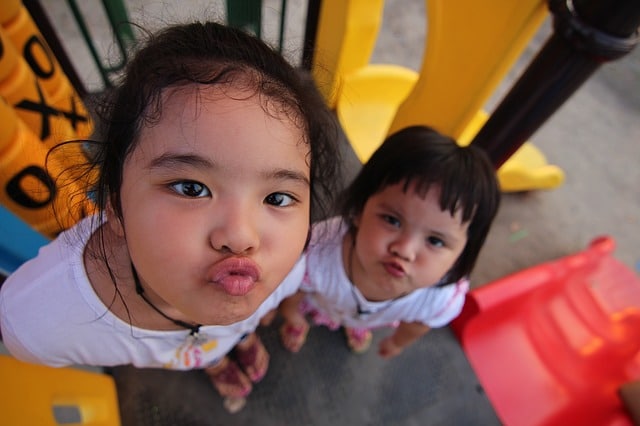





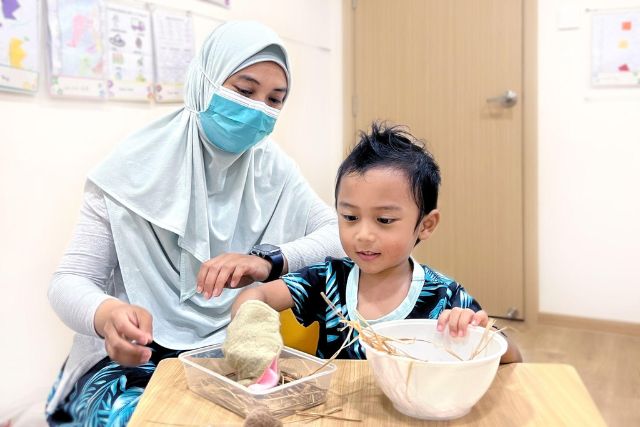


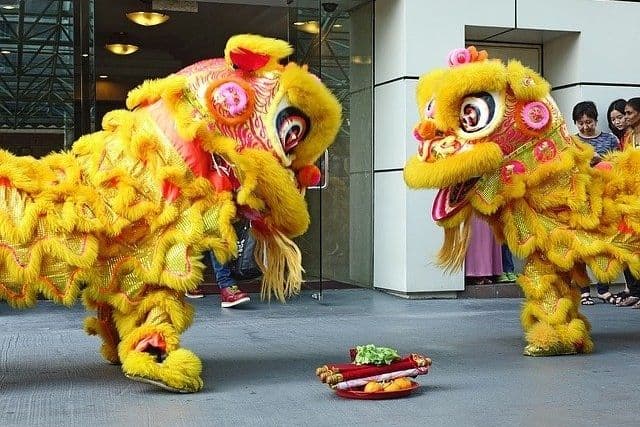











Leave a Comment: